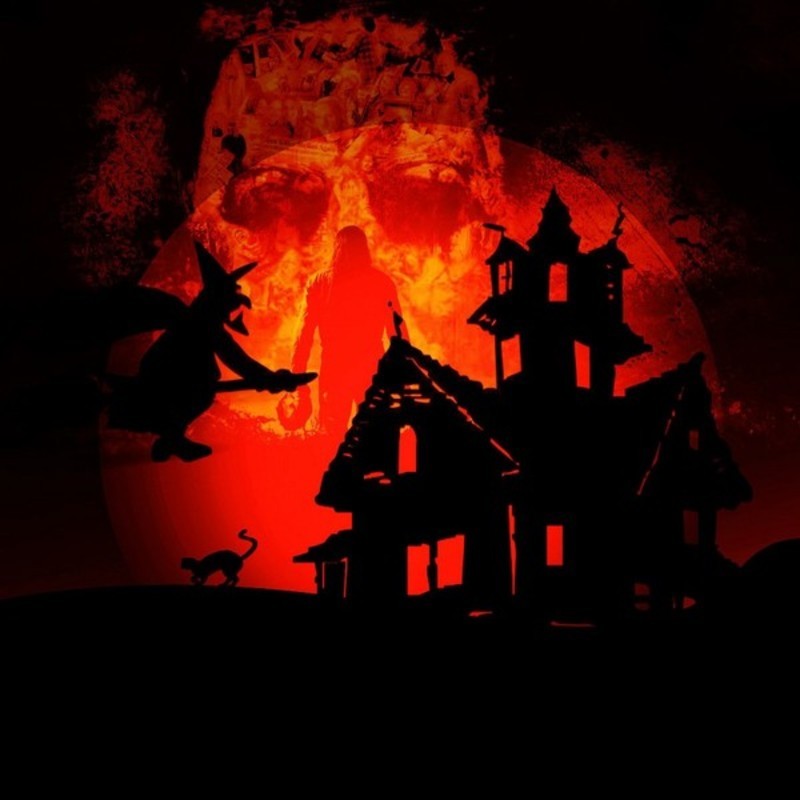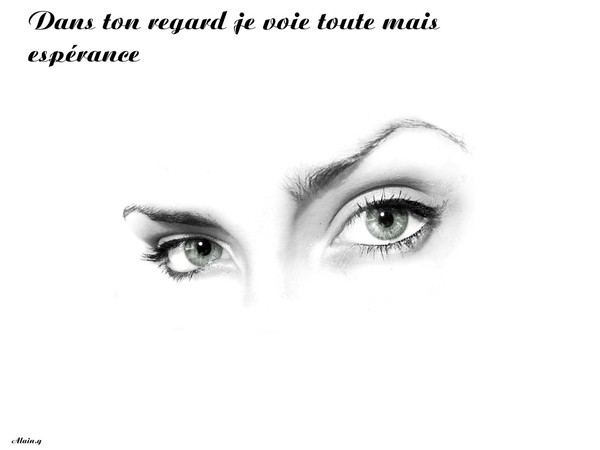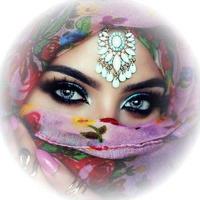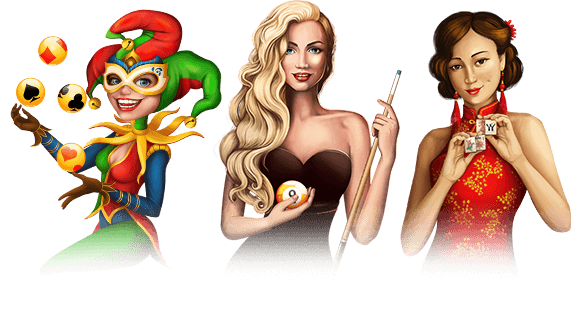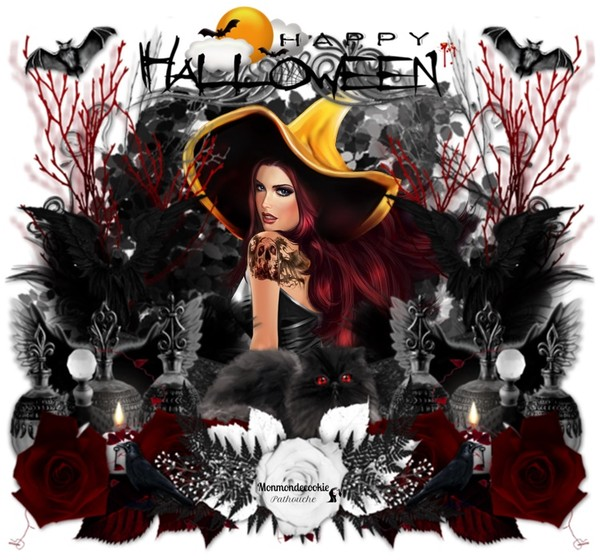
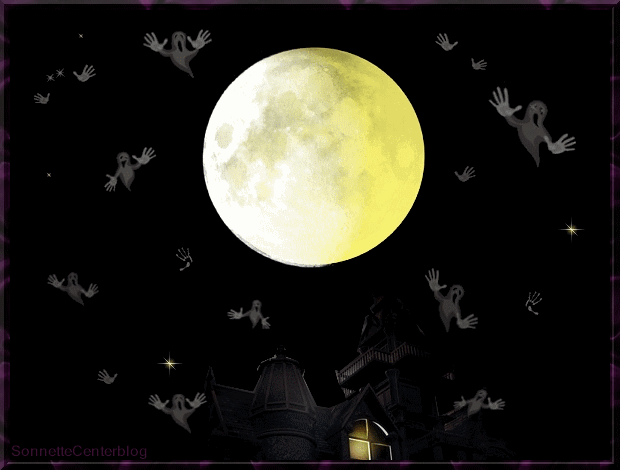
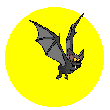




Halloween (or Hallowe’en ... but also known as Samhain,
Summer’s End, All Hallow’s Eve, Witches Night, Lamswool,
and Snap-Apple), is a holiday that's celebrated annually
on the night of October 31. It originated in Ireland,
and is said to be among the world’s oldest holidays.
The simple history of Halloween - it has its origins in the
ancient Celtic festival known as Samhain (celebration
of the end of the harvest season in Gaelic culture).
Traditionally, the festival was a time that was used
by the ancient pagans to take stock of their supplies
and slaughter livestock for winter storage.
The ancient Gaels believed that on October 31,
the boundary between the living and the dead dissolved,
and the dead become dangerous for the living by causing
problems such as sickness (plague) or damaged crops.
The celebration of Samhain would frequently involve bonfires, upon
which the bones of slaughtered livestock were thrown; costumes and masks
were also worn in an attempt to mimicthe evil spirits or placate them.
The essential elements of Halloween - lighting bonfires,
costuming, trick-or-treating, telling ghost stories and
attending parties can all be traced back to Samhain
celebrations as early as 2000 years ago. Ultimately,
the Celts believed that on October 31, the Lord of Death (Saman),
would call together all the souls that had died the previous
year in order for them to travel to the afterlife.
Thus, the living would often disguise themselves in ghoulish
costumes in order for the spirits of the dead to think
they were one of their own,
and pass by them without incident.
The villagers would also wear masks and form parades in order
to lead the spirits (souls) out of the town.
The Celts would also offer food to Saman, in order to persuade
him to more be temperate when he is judging their ancestors.
This is seen as a precursor to "trick-or-treating",
a key component of modern day Halloween celebrations.
History of Halloween in America - Halloween did not become
a holiday in the United States until the 19th century.
Strict Christian traditions and lifestyles prevented this,
and American almanacs of the late 18th and early 19th
centuries don't include Halloween in their lists of holidays.
The trans-Atlantic migration of almost 2 million Irish in
the mid-1850s finally brought Halloween to the United States.
Scottish emigration, primarily after 1870, also brought the
Scottish version of Halloween. By the mid-1900s, Halloween
had become engrained in the fabric of American society.
From a commercial perspective,
Halloween is now the United States' second most
popular holiday (after Christmas).
